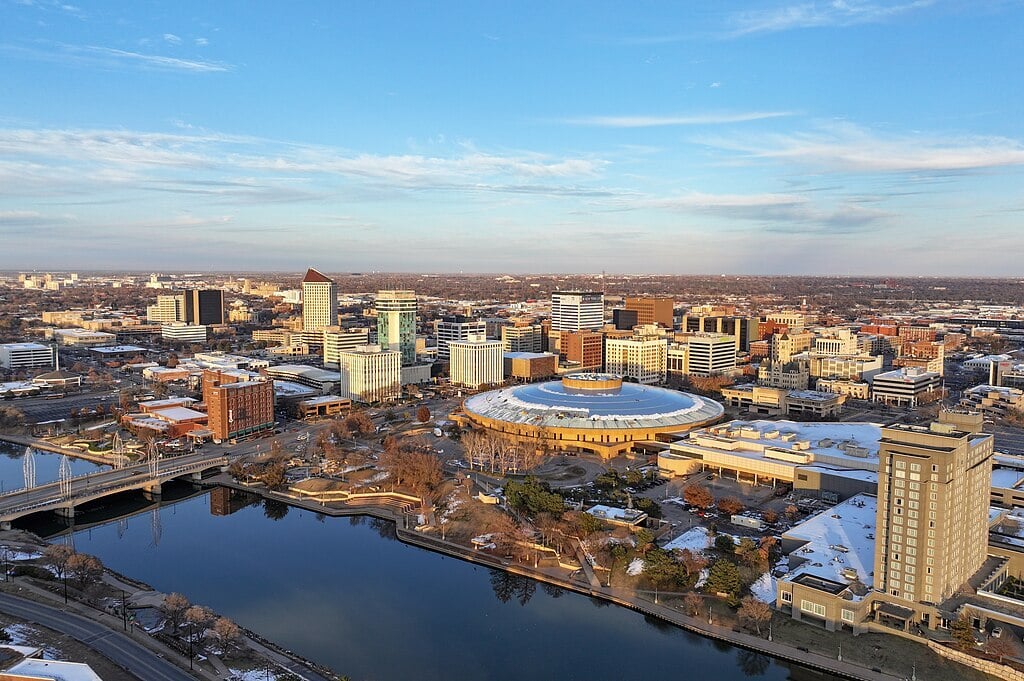
The 19th Venice Architecture Biennale, an international architecture exhibition, is currently underway (10 May – 23 November 2025), centred around the theme "Intelligens: Natural. Artificial. Collective." Curated by MIT professor Carlo Ratti, this edition invites over 750 participants to explore the diverse nature of intelligence in architecture, emphasising interdisciplinary collaboration and sustainability.
In the title, "Intelligens" merges the notions of personal, technological, and communal intelligence, resulting in architects crossing traditional boundaries. The exhibition encourages adaptive design strategies that respond to environmental challenges and societal needs, fostering a holistic approach to the built environment.
Highlights from National Pavilions
Heatwave by Kingdom of Bahrain - Addressing the global challenge

Awarded the Golden Lion for Best National Participation, Bahrain's "Heatwave" addresses extreme heat conditions that are a concern globally through modular, passive cooling structures inspired by traditional wind towers. The pavilion emphasises thermal comfort or pleasant weather as a public right, particularly for outdoor workers, and introduces the concept of "thermal commons" as shared environmental resources.
Venue: Arsenale
Home by Australia - Dedicated to the natural environment

An all-Indigenous team presents "Home," a rammed-earth structure reflecting deep connections to land and culture. Constructed using sustainable, locally sourced materials, the pavilion fosters personal interpretations of "home" and creates a sense of raw and vulnerable perspective, architecturally.
Venue: Giardini
Geology of Britannic Repair by Great Britain - Focusing on the relationship between architecture and colonisation

Curated by a UK-Kenyan team, this pavilion, a part of the international architecture exhibition, critically examines Britain's colonial legacy. A legacy that has been seen as haunting is being portrayed as a part of cultural exchange through installations that transform the neoclassical building itself. Highlights include a beaded veil disrupting the classical symmetry of the structure and a fusion of British and Kenyan materials, symbolising a dialogue between histories.
Venue: Giardini
Building Biospheres by Belgium - Exploring how architecture and nature coexist

Landscape architect Bas Smets and biologist Stefano Mancuso explore plant intelligence by creating a micro-forest within the pavilion. Equipped with sensors, the installation demonstrates how flora can regulate environmental conditions, proposing a symbiotic relationship between architecture and nature. Moreover, it showcases the value of nature and its importance.
Venue: Giardini
(RE)INVENTION by Brazil - Exploring the country’s architectural and cultural identity

This exhibition dives deep into ancestral knowledge and contemporary urban infrastructure, showcasing how Indigenous practices can inform sustainable city planning. The pavilion features adaptable structures made from reusable materials, reflecting a commitment to environmental consciousness. "Garden-Platform," one of the key exhibits of the pavilion is not to be missed and it showcases how structures that are being created can be adopted with ecological sensitivity.
Venue: Giardini
IN-BETWEEN – by Japan - A Future with Generative AI

Architect Jun Aoki presents a pavilion transformed through AI-driven processes, exploring the interplay between human creativity and artificial intelligence. The exhibit embodies the Japanese concept of "ma," emphasising the space between elements as a site of potential and innovation. It has a modern take on the intelligent aspect of the theme!
Venue: Giardini
There is Nothing to See Here. Export Your Knowledge by Hungary - Presenting an alternative future

This provocative exhibition challenges the traditional role of architects by showcasing professionals who apply their skills beyond conventional construction. Set in a recreated abandoned studio, the pavilion critiques market-driven architecture and advocates for cultural and social engagement.
Venue: Giardini
Landscape of Defence by Latvia - Showcasing Spaces Shaped by War

Addressing geopolitical tensions, Latvia's pavilion examines the impact of military infrastructure on local communities. The exhibition offers a spatial and social analysis of fortified borders, prompting reflections on safety, identity, and the human experience in contested landscapes. It showcases the psychological distress war puts on communal beings like humans.
Venue: Arsenale
The Land Remembers by Lebanon - Where Nature Speaks Back

Curated by the Collective for Architecture Lebanon, this pavilion repositions architecture as a tool for environmental resistance. Through installations made of compacted soil and wheat seeds, the exhibition emphasises land healing and the importance of indigenous knowledge in post-conflict reconstruction. It showcases the importance of healing the land to create a better future.
Venue: Arsenale
Venice as a Living Laboratory
With the Central Pavilion under renovation, Venice itself becomes an integral part of the Biennale. Installations are dispersed throughout the city, transforming it into a dynamic testing ground for sustainable architectural solutions and fostering direct engagement with the urban communities.
Commitment to Sustainability
The Biennale implements a Circular Economy Manifesto, developed in collaboration with Arup and the Ellen MacArthur Foundation, aiming for carbon neutrality. This initiative highlights the exhibition's dedication to environmental responsibility and sustainable practices.
Public Engagement through GENS
The GENS Public Programme offers conferences, workshops, and performances designed to engage a broader audience beyond the architectural community. These events facilitate interdisciplinary dialogues and foster a deeper understanding of the exhibition's themes.
Conclusion
The Venice Architecture Biennale 2025 stands as a testament to the evolving role of architecture in our rapidly changing world. By embracing natural, artificial, and collective intelligences, the exhibition not only showcases innovative designs but also challenges us to rethink the very foundations of architectural practice.
And at Novatr, we're committed to transforming AEC education to meet that future:
- Visit the Novatr Homepage to understand our mission in transforming AEC education.
- Browse through our Courses Page to find specialised programs tailored for architects and designers.
- Dive into the Learning Hub for in-depth insights, industry trends, and expert resources to stay ahead in the field.
Was this content helpful to you











